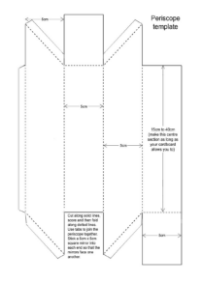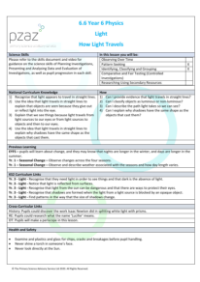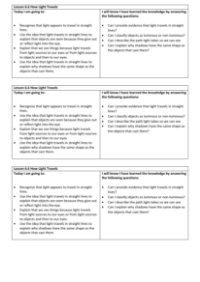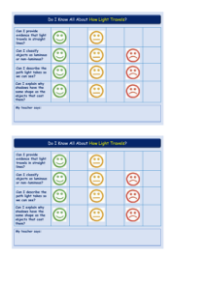How Light Travels - Results Tables
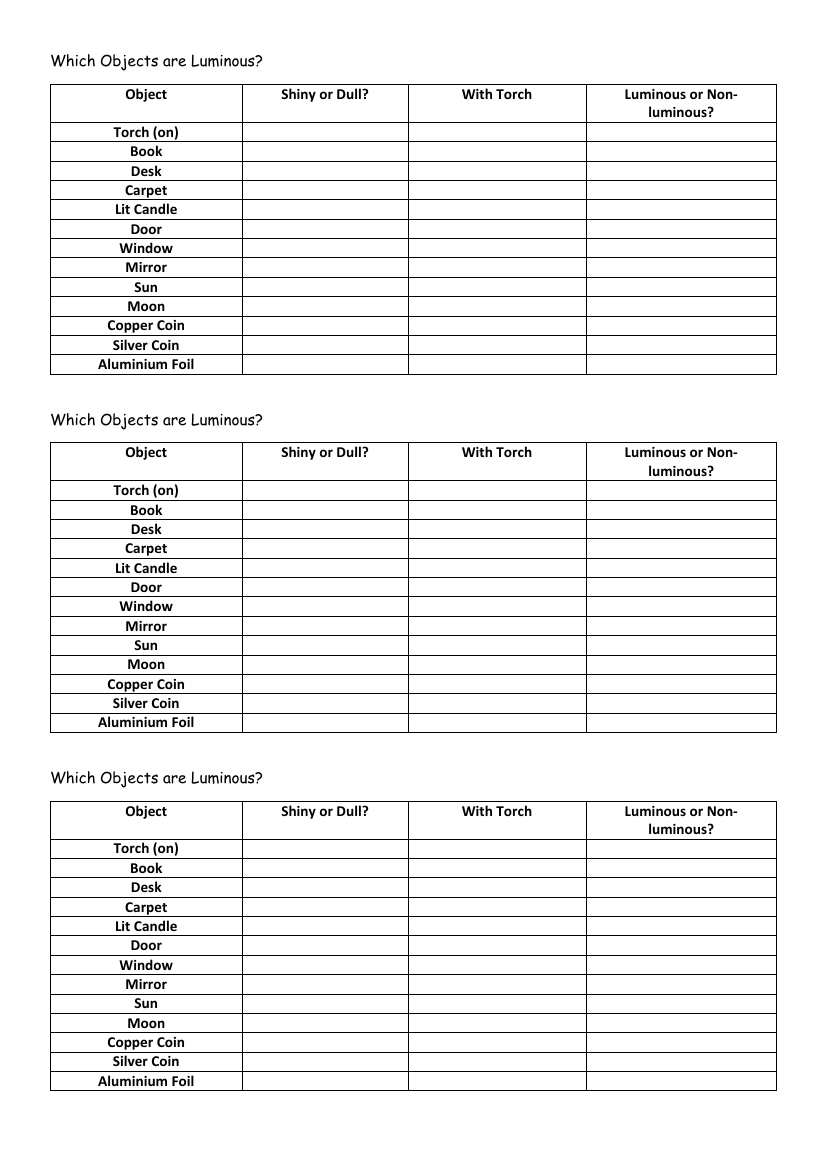
Science Resource Description
In an investigation to understand how light travels and to identify luminous objects, a list of common items was examined for their light-reflective properties and their ability to emit light. The items included everyday objects such as a torch (when switched on), a book, a desk, carpet, a lit candle, a door, a window, a mirror, the sun, the moon, a copper coin, a silver coin, and aluminium foil. Each object was categorized as either shiny or dull and then assessed with a torch to determine if it was luminous (emitting its own light) or non-luminous (not emitting light).
The torch, when turned on, served as a control for luminosity, while the book, desk, carpet, and door were typically non-luminous and varied in their shininess. The lit candle was naturally luminous, providing its own light. Windows and mirrors, while not sources of light themselves, were shiny and reflected light when a torch was shone upon them. The sun and the moon were also assessed; the sun is a luminous body, while the moon, despite its bright appearance in the night sky, is non-luminous as it reflects the sun's light. Metallic objects like copper and silver coins, and aluminium foil were tested for their reflective properties and whether they could be considered sources of light on their own.




